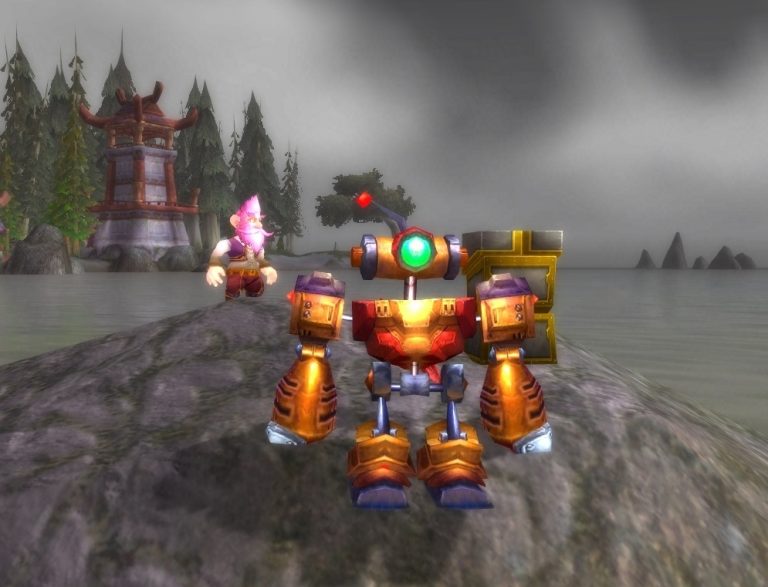Who Found Solar System?
The discovery of the Solar System is credited to Nicolaus Copernicus, a Polish astronomer and mathematician. Copernicus developed the heliocentric model of the Solar System, which proposed that the Sun, not the Earth, is at the center of the Solar System. This model was revolutionary at the time, and it provided the foundation for the modern understanding of the Solar System. Although Copernicus’ model was accepted over time, it took centuries for the true nature of the Solar System to be understood. Galileo Galilei, an Italian astronomer, provided further support for the heliocentric model with his observations of the planets. Later, Johannes Kepler used the work of Copernicus and Galileo to create three laws of planetary motion that accurately described the paths of the planets around the Sun.
Origin of the Solar System
The Solar System is a vast and complex system of stellar objects that revolve around the Sun, our star. But who discovered this incredible phenomenon? To answer this question, we must look back to the earliest days of human civilization.
The earliest recorded observations of the Solar System date back to ancient Babylonian astronomers, who are believed to have first identified the planets of our system in the 2nd millennium BC. But it was not until the 17th century that a more precise understanding of the Solar System began to unfold.
In 1609, astronomer Galileo Galilei used a telescope to observe the planets in our Solar System. This marked the beginning of modern astronomy and the scientific observation of the Solar System. Later, in 1619, astronomer Johannes Kepler published his laws of planetary motion, which laid the groundwork for Newton’s Law of Gravity in 1687.
Today, the Solar System is understood to be composed of the Sun, eight planets, five dwarf planets, and a vast array of other celestial objects. Our understanding of the Solar System has come a long way since the days of Babylonian astronomers, but it all started with their keen observations.
Formation of the Solar System
The formation of the Solar System is a fascinating and mysterious process that has been debated and studied for centuries. The prevailing theory is that it began with the gravitational collapse of a giant interstellar cloud of gas and dust known as a nebula. This nebula was composed of a variety of elements, including hydrogen, helium, and other heavier elements such as carbon and oxygen. Over time, these elements mixed and reacted to form the planets, moons, and other objects that we now see in our Solar System.
The formation of the Solar System is still not completely understood, and many theories have been postulated. One popular theory suggests that the planets formed from the gradual accretion of dust particles around the proto-Sun. Another theory suggests that the planets were formed by the collision of two smaller objects in the early Solar System. Regardless of the theory, it is likely that the Solar System was formed over a period of several million years.
The formation of the Solar System is an ongoing process, and our understanding of it continues to evolve as new research is conducted. As our knowledge increases, so too does our appreciation for the incredible complexity and beauty of the Solar System that we inhabit. Who found the Solar System? It was likely a combination of both natural and cosmic forces.
Discovery of Planets in the Solar System
The Solar System was first discovered by ancient civilizations who observed the stars and planets in the night sky. Over time, knowledge of the planets and their movements was refined and advanced, culminating in the acceptance of the heliocentric model of the Solar System by the scientific community in the 16th century. This model proposed that all of the planets revolved around the Sun, as opposed to the earlier belief that the Earth was the center of the Solar System.
The discovery of the Solar System is credited to many scientists and astronomers, including Copernicus, Galileo, Kepler, and Newton. Copernicus proposed the heliocentric model in 1543, while Galileo provided evidence of its validity by observing the moons of Jupiter and the phases of Venus. Kepler used mathematics and observations to formulate his laws of planetary motion, and Newton used the same data to formulate his law of universal gravitation.
Today, we know that the Solar System consists of the Sun, eight planets, five dwarf planets, and hundreds of thousands of asteroids and comets. Our understanding of the solar system is still evolving as we explore more of the universe and learn more about the planets and their moons. The continued exploration of the Solar System continues to fascinate and amaze us, and we look forward to learning more in the future.

Exploration of the Solar System
has been an ongoing endeavor for centuries, and it was only recently that we have gained a better understanding of its origins.
Our journey into understanding the solar system began thousands of years ago, with ancient civilizations attempting to make sense of the stars and planets they saw in the sky. However, it wasn’t until the 17th century that we began to have a clearer picture of the solar system. In 1609, renowned astronomer Galileo Galilei used his newly invented telescope to observe the planets and moons of our Solar System for the first time. This led him to conclude that the planets revolved around the sun, a groundbreaking scientific discovery.
In the years that followed, many more scientists and astronomers such as Johannes Kepler, Edmond Halley, and William Herschel contributed to our knowledge of the Solar System. Through their work, we were able to determine the distances between the planets, their sizes, and the orbits they follow. In the 20th century, space exploration allowed us to get a closer look at the planets and moons, allowing us to gain an even better understanding of our Solar System.
Today, we continue to explore our Solar System with the help of powerful telescopes, robotic spacecrafts, and other advanced technologies. Through this, we can continue to discover new and exciting facts about the planets and moons that make up our Solar System, and gain a better understanding of how it was formed. Thanks to the pioneering work of early astronomers, we can now appreciate the vastness and complexity of our Solar System.
Impact of the Solar System on Human History
The Solar System was first discovered in ancient times, and its impact on human history is undeniable. From providing a source of energy and light to inspiring generations of scientists and astronomers, the Solar System has been a cornerstone of human progress. In the modern era, the Solar System plays an even more vital role in our lives, providing us with energy, resources, and invaluable research opportunities.
The earliest records of humans observing the Solar System date back to the ancient Greeks, who studied the movement of the planets and stars. This led to the development of astronomy, which has become a cornerstone of modern science. Without the Solar System, we would not have been able to make the amazing advances in technology and science that we have today.
The Solar System has also been a source of inspiration for artists, writers, and poets throughout the ages. From Galileo Galilei’s observations to Carl Sagan’s works, the Solar System has been the focus of some of the greatest works of literature and art. Even today, the Solar System continues to inspire people with its beauty and complexity.
The discovery of the Solar System has also had a profound impact on the development of our culture and society. From inspiring the exploration of space to providing us with renewable energy sources, the Solar System has been a major force in shaping our world. As we continue to explore the Solar System, we will undoubtedly discover more amazing facts and insights that will help us better understand our universe.
Future of the Solar System
The future of our Solar System is an exciting topic for scientists and space enthusiasts alike. As the planets and moons continue to orbit around the sun, new discoveries are being made every day about what lies beyond our Solar System. With improved technology, we have gained a better understanding of the Solar System and have been able to identify more of its components, such as exoplanets and asteroids. We have also been able to study the behavior of the planets and their moons, and their interactions with one another.
Thanks to these advancements, scientists are beginning to gain insight into the future of the Solar System, from the evolution of its planets to the potential of new planets being discovered. For example, it is believed that the planets in the Solar System will eventually become tidally locked, meaning they will always have one side facing the sun. This could affect the climate of the planets and how they interact with one another.
In addition to this, the Solar System is also expected to expand as more exoplanets are discovered and explored. This could lead to the formation of new planets or moons, as well as the possibility of life beyond our Solar System. Although these possibilities are still far off in the future, it is exciting to consider the potential of our Solar System and all the mysteries that are yet to be uncovered.
FAQs About the Who Found Solar System?
Q1. Who discovered the Solar System?
A1. The Solar System was discovered by the ancient Greeks, who theorized that the Sun, Earth, and planets revolved around the Earth.
Q2. When was the Solar System discovered?
A2. The Solar System was discovered by the ancient Greeks in the 6th century BC.
Q3. Who was the first person who proposed the idea of a heliocentric Solar System?
A3. The first person to propose the idea of a heliocentric Solar System was the Greek astronomer and mathematician, Aristarchus of Samos, in the 3rd century BC.
Conclusion
The Solar System was first theorized by ancient Greek philosophers, but it was not until 1610 when Galileo Galilei used a telescope to observe and record the movements of the planets that its structure began to take shape. In 1687, English physicist and mathematician Isaac Newton published his law of gravity and three laws of motion, which provided a mathematical framework for understanding the Solar System. Over the centuries, scientists continued to observe and study the Solar System and its individual planets, moons, asteroids, and other celestial bodies. Today, the Solar System is understood to consist of the Sun, planets, dwarf planets, moons, asteroids, comets, and other small objects.




